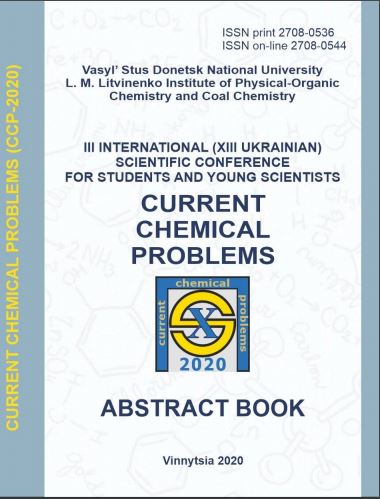Synthesis and x-ray study of the Tb<sub>2</sub>Ni<sub>17-x-y</sub>Li<sub>x</sub>Mg<sub>y</sub> solid solution.
Abstract
Systematic studies of the Tb2Ni17-xMx (M = s- and p-elements such as Li, Mg, Si, Sn, Sb) solid solutions showed that the maximal solubility of these doping components does not exceed 1.5–2 atoms per formula unit [1, 2]. The main reason for the formation of substitution solid solutions with small homogeneity range is different physical and chemistry characteristics, such as atomic radii and electronegativity of Ni, Li and Mg atoms.References
V. Kordan, O. Zelinska, V. Pavlyuk, V. Nytka, R. Serkiz. Electrochemical hydrogenation of Tb2Ni17-xMx (M = Mg, Sn) phases. Chem. Met. Alloys, 2016, 9(3/4), 153–157.
V. Kordan, V. Nytka, G. Kovalczyk, A. Balinska, O. Zelinska, R. Serkiz, V. Pavlyuk. Influence of doping elements on the electrochemical hydrogenation efficiency of Tb2Ni17-based phases.
Chem. Met. Alloys, 2017, 10(1/2), 61–68.

